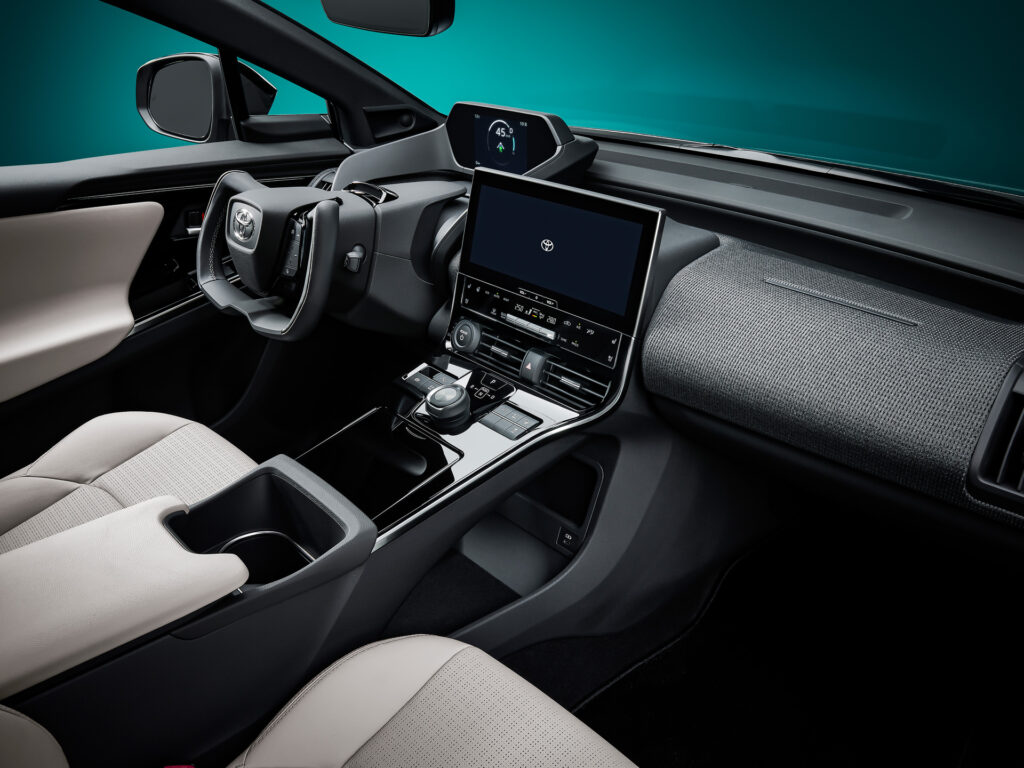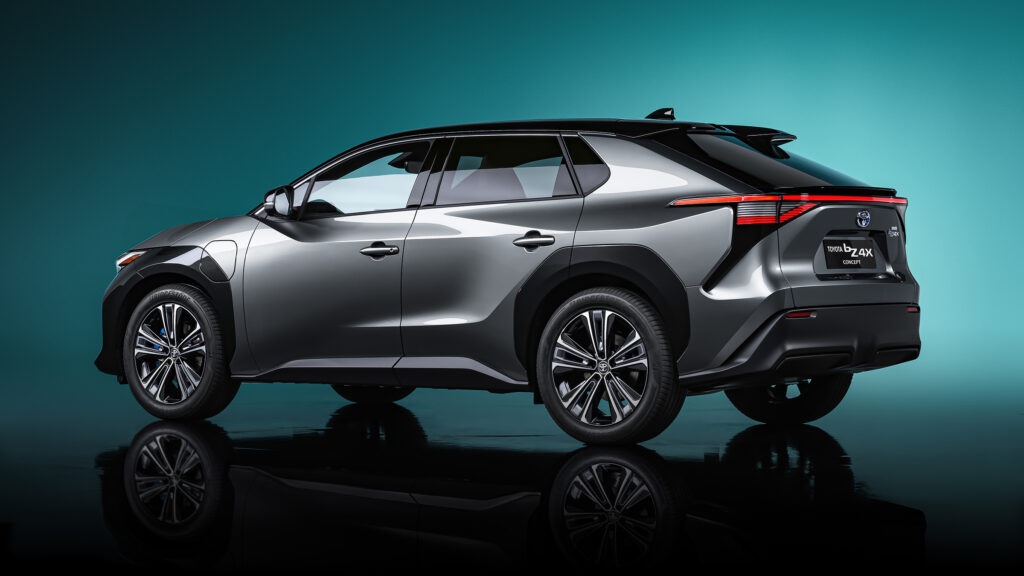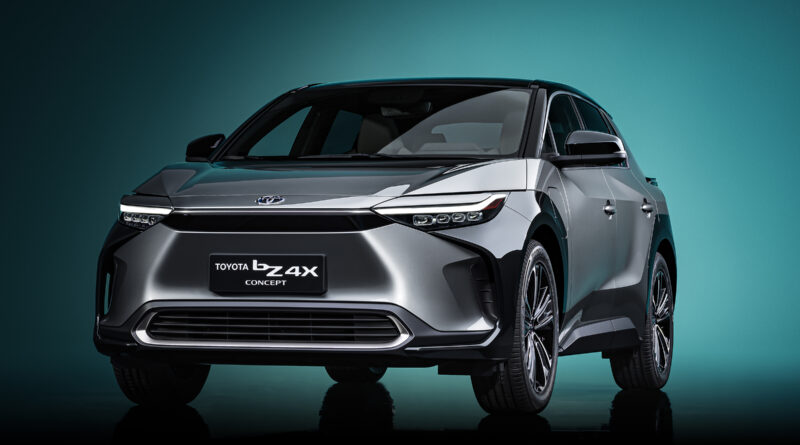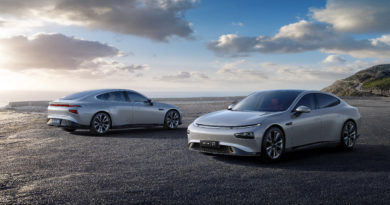Toyota bZ4X to be expensive, low volume in Australia
The first Toyota battery electric vehicle won’t come cheap.
The upcoming Toyota bZ4X will be expensive, according to Toyota Australia executives, who refused to be drawn on where the car could sit against EV rivals.
“Pricing will be announced closer to introduction, but this car will be expensive, as was the original Prius that we launched back in October 2001,” said Toyota Australia vice president of sales and marketing Sean Hanley.
The bZ4X is a key newcomer in Toyota’s pledge to offer a regular hybrid, plug-in hybrid, EV or fuel cell electric vehicle of every model in its range, with the exception of high-performance GR (Gazoo Racing) models such as the GT86 and Supra.
“This is due to significant research and development cost recovery. Like hybrids, battery-electric vehicle adoption and affordability will take time, but certainly not 20 years.
“They will eventually become a sustainable means of mobility but the energy mix, battery technology and infrastructure are still being developed.”
About the size of a RAV4, the upcoming bZ4X – which has only been shown as a close-to-production concept car – will clearly be more expensive than the popular mid-sized SUV.
The most expensive RAV4 is the Edge and it currently sells for $48,915, plus on-road costs.
It’s fair to assume the bZ4X will sit north of that – although the question is how far north.

Much of that will come down to how large the battery pack on the new bZ4X is; as the most expensive component in an EV, batteries are big business. Toyota hasn’t released any details about the electric motors, batteries or anything else under the bonnet of the bZ4X, other than to confirm it rides on the e-TNGA architecture that will underpin a family of seven bZ EV models as well as some Subarus and Lexuses.
There are some natural barriers and indicators that could help determine the success – or otherwise – of the bZ4X.
The recently-updated now-Chinese-made Tesla Model 3 recently had a price reduction of up to $4000, something that makes it about $68,000 drive-away. Its EV range is a claimed 508km for that entry-level Standard Range Plus.
As the top-selling EV in the country it would ideally need to sit below that to achieve reasonable success.
That’s where the Hyundai Kona Electric plays, recently updated to now start at $62,000 plus on-road costs for a car with a claimed 557km range.
But Hanley wasn’t giving any clues.
“I don’t have any feel for where that car sits,” he added. “I honestly don’t know. Anything I gave you right now would be pure speculative guessing.”

That also means the bZ4X will likely initially be a rare sight on Australian roads, in much the same way those early Prius models were two decades ago.
He referenced sales of 100 to 200 annually for the early Prius, although Toyota would likely be shooting higher than that for its first EV.
“The whole idea, as per Mirai [FCEV] in the last few days, is to put those cars out there, get people speaking about them, get people comfortable with the technology, to be able to demonstrate the technology.”




